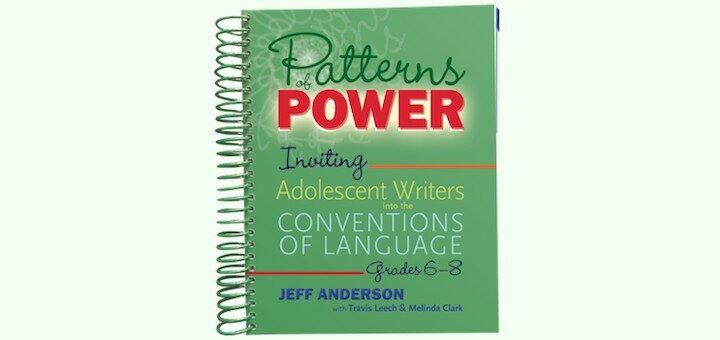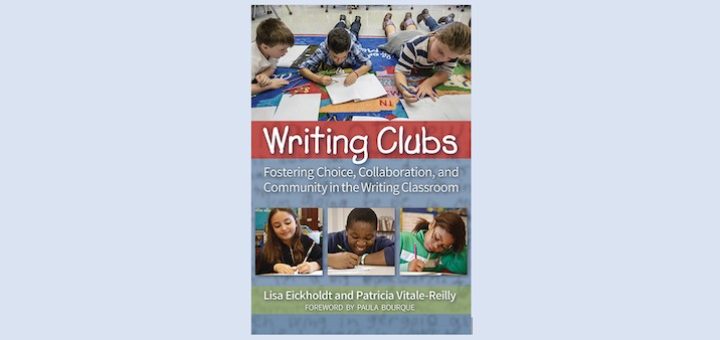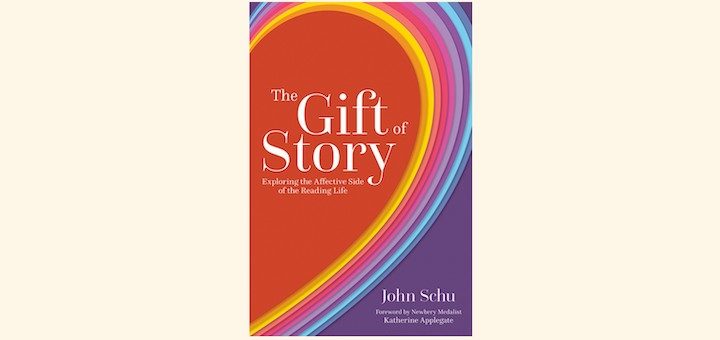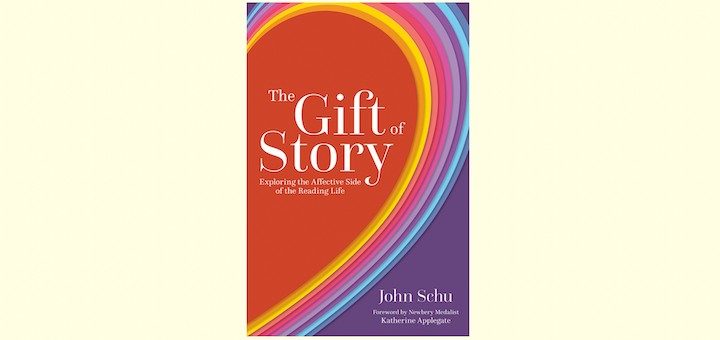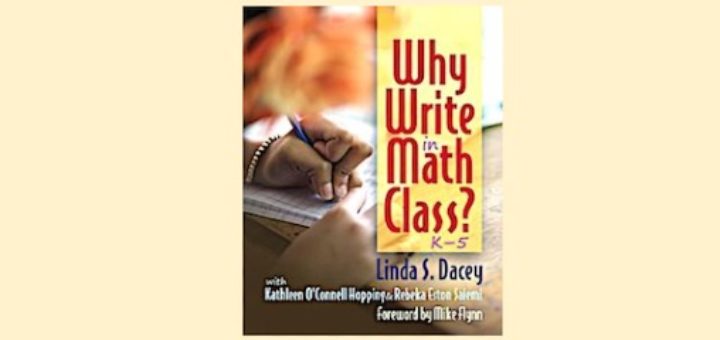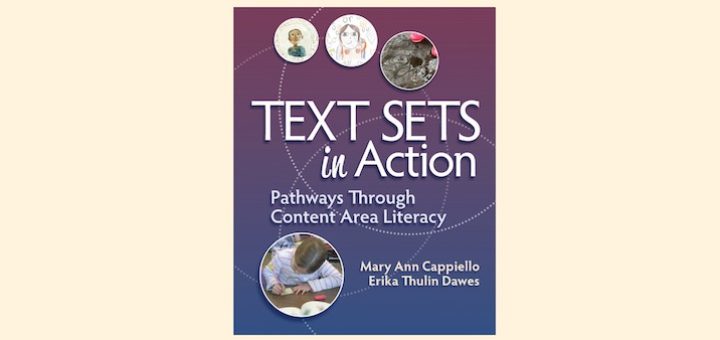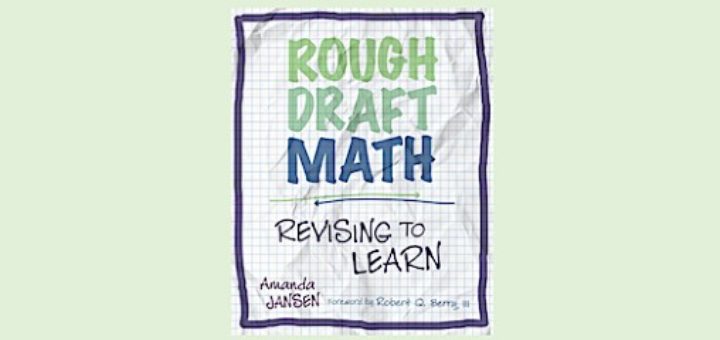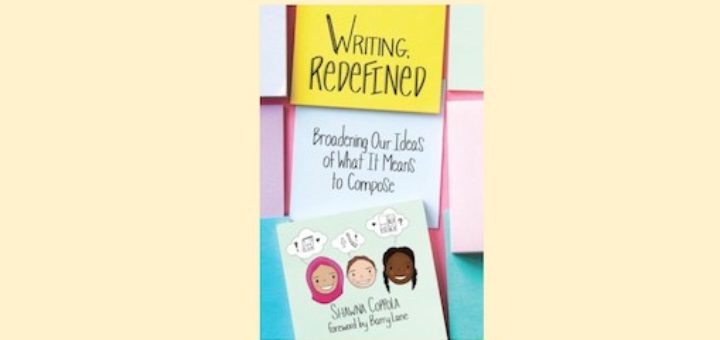Tagged: Stenhouse Publishers
Patterns of Power for grades 6 – 8 is a teacher-friendly, easy-to-navigate book that uses the invitation process to help students move beyond the traditional study of grammar so they can appreciate the patterns of language and conventions, writes consultant Anne Anderson.
Are you looking for lesson plans and ideas to engage your students as they learn to be confident writers? Lisa Eickholdt and Patricia Vitale-Reilly offer a step-by-step plan to develop writing clubs with variations to keep community interest high all year, says Dawna Brandt.
In The Gift of Story John Schu shows how to use the roles of story as clarifier, healer, inspiration, compassion, and connector to bring reading alive. Literacy leader Sarah Valter loves how ‘Mr. Schu’ emphasizes the many ways stories can weave us all closer together.
The authors invite us into classrooms that foster choice, collaboration and community through writing clubs. Discover the how-to of complement clubs (process, craft, digital) and stand-alone clubs (genre, author, convention). A super resource, says MS teacher Katie Durkin.
Middle grades teacher and NBCT Kathleen Palmieri finds John Schu’s book The Gift of Story “an incredible journey into the power of stories” as he invites teachers to an exploration of the affective side of reading and shares ways to welcome students into the reading life. “Incredible.”
Using informative, argumentative, personal and metacognitive writing activities, Linda Dacey shows how all learners can build skills and understanding in math through the writing process. Math and literacy coach Helene Alalouf highly recommends “this gem of a book.”
“Text Sets in Action” provides expert guidance for any teacher interested in using this engaging strategy to deepen learning. The authors define “texts” broadly and provide advice and examples across the core content areas, writes teacher educator Dr. Sarah Pennington.
Self-confidence is hugely important in learning math. Amanda Jansen shows how teachers can help students embrace a “revising to learn” approach, gaining confidence and understanding. Teacher Michael Hernandez says the book will help him create a safe space to make mistakes and grow.
In Writing, Redefined Shawna Coppola proposes alternatives (comics, podcasts, etc.) to traditional writing assignments to welcome the students who aren’t drawn to essays and book reviews. Literacy coach Pam Hamilton likes the ideas but wonders if teachers are ready for them.
Bringing the four types of writing from ELA to math class allows students to explain their thinking, opening a big window for teachers into their level of understanding. “Why Write in Math Class? K-5” by Linda Dacey shows how to make this happen, says Kathie Palmieri.

